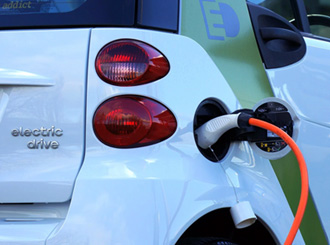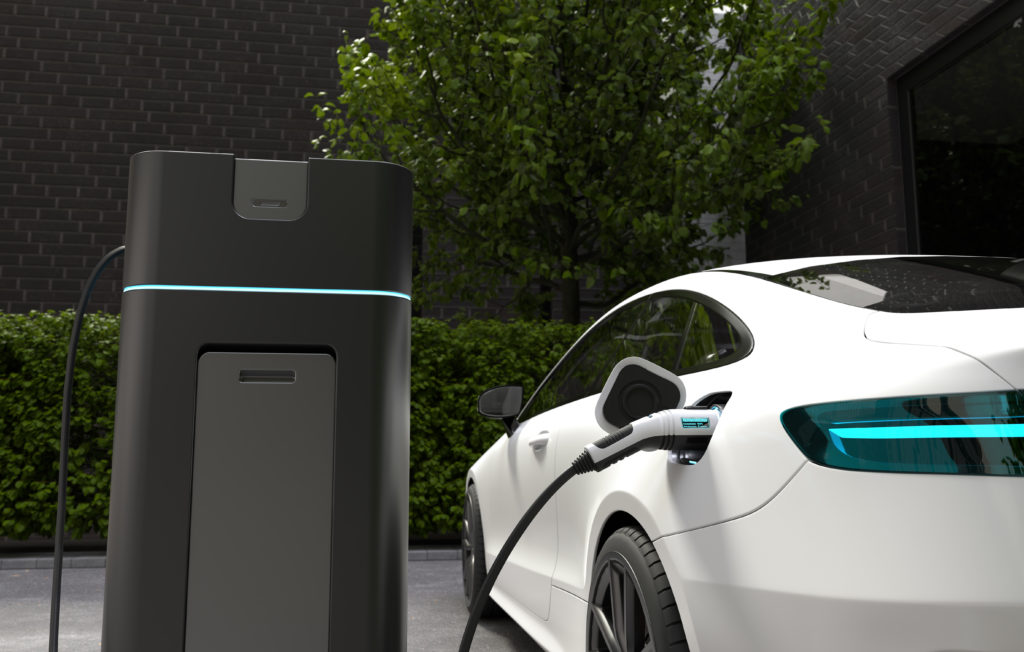
Damien Adam's bill to tighten the rules on decarbonising car fleets was adopted by the National Assembly's Sustainable Development Committee on 9 April 2024. This law, which puts pressure on companies with more than 100 vehicles in their fleets, aims to speed up the transition to more environmentally-friendly vehicles by imposing electrification thresholds and introducing penalties for failure to meet targets.
It is recognised that these objectives are ambitious and that electrification does not yet meet all the needs of fleet managers. The technical and logistical challenges associated with this transition are considerable. However, this legislation also represents an opportunity to adapt to an inevitable trend in the industry.
The main measures of the proposed law
Greening thresholds postponed by one year
The greening thresholds initially set out in the bill were 30 % in 2025, 40 % in 2026, 50 % in 2027, 60 % in 2028, 70 % in 2029, 80 % in 2030, 90 % in 2031 and 95 % in 2032. However, nine amendments were adopted, pushing back these thresholds by one year. As a result, the greening threshold in 2025 is now 20 %, while in 2032 it is reduced from 95 % to 90 %.
Penalties for non-compliance with regulations
A penalty mechanism will be introduced from 1 January 2026. An insufficient number of low-emission vehicles incorporated into fleets would be punishable by a fine of up to 1 % of turnover and a progressive fine per missing clean vehicle: €2,000 in 2025, €4,000 in 2026 and €5,000 in 2027.
In the event of failure to report, the company will be liable to a maximum fine of 0.1 % of turnover instead of the €10,000 stipulated by the MP, and €20,000 in the event of a repeat offence.
Fleet managers must therefore take these penalties seriously and put in place procedures to monitor and report the necessary information. This involves collecting and analysing data relating to the vehicle fleet.
Not sure where to start?
The first stage consists of collecting and analysing vehicle usage in order to electrify those vehicles that can be used with an electric 100% engine. Optimum Data Mining is offering an electrification study that will gather the data needed to make an informed decision: distances travelled, journey times and frequencies, parking times and locations: all these parameters are analysed over a significant period to determine, for each vehicle, whether it would be appropriate to switch to an electric vehicle.

Benefits for electric vehicles
The proposed law is not limited to penalties. It also aims to encourage electric vehicles with a good eco-score to be counted as ?1.2 vehicles instead of 1? for administrative purposes.
In other words, if you add 5 vehicles with a good eco score to your fleet, 6 vehicles will be counted for administrative purposes (1.2*5 = 6).
What's new?
What about hybrids? It should be noted that plug-in hybrid vehicles will be excluded from the electrification quotas, leaving room for 100 % electric models and, newly, retrofitted vehicles, heavy quadricycles and motorised tricycles.

What about short-term hire companies? This proposal also includes a specific framework for LCD and car-sharing players: the law proposes a suitable electrification timetable with progressive targets starting only at 5% in 2025. There will also be a review clause in 2027 to assess the effectiveness of the measures and adjust the trajectory if necessary.
The use of electric vehicles is a way of moving towards decarbonisation... but not the only solution
A multi-faceted approach is needed to achieve the decarbonisation objectives for mobility. At the same time, employees also have a crucial role to play in this transition. Their contribution can take several forms: reducing the number of kilometres travelled, adopting modes of transport that emit less carbon, and supporting the development of energy-efficient electric vehicles.
This is where Mobility Pack can play a decisive role: a mobility management platform that offers fleet managers an invaluable tool for navigating these new regulations. On the one hand, the solution makes it possible to "digitise" the management of business expenses, and on the other, to manage government schemes dedicated to "soft mobility". Crédit Mobilité and Forfait Mobilités Durables can be managed using the Mobility Pack solution. The Mobility Pack solution also provides mobility managers with dashboards containing invaluable indicators: TCM (Total Cost of Mobility) and individual and collective carbon impact, to analyse and optimise employee mobility, both financially and environmentally.
Damien Adam's proposed law offers short-term measures and actions that can quickly contribute to reducing emissions from the transport sector and meeting our climate commitments. By involving all the players in the sector, fleet managers and employees, we will be able to meet the challenges of the transition to a more environmentally-friendly car fleet.

In conclusion The time for procrastination is over! The climate emergency is here, and no one can ignore it. After the recent back-pedalling on the subject of Low Emission Zones (ZFE), the Damien Adam Act is a reminder that the time has come to speed up the energy transition. So it?s only natural that companies with fleets of 100 vehicles or more should be asked to contribute.
Electrification of vehicles, company car-sharing and car-pooling, alternative mobility? the areas for development are real and the tools to manage these changes are ready. So it's time for action?
If you don't, watch out for the penalties!


